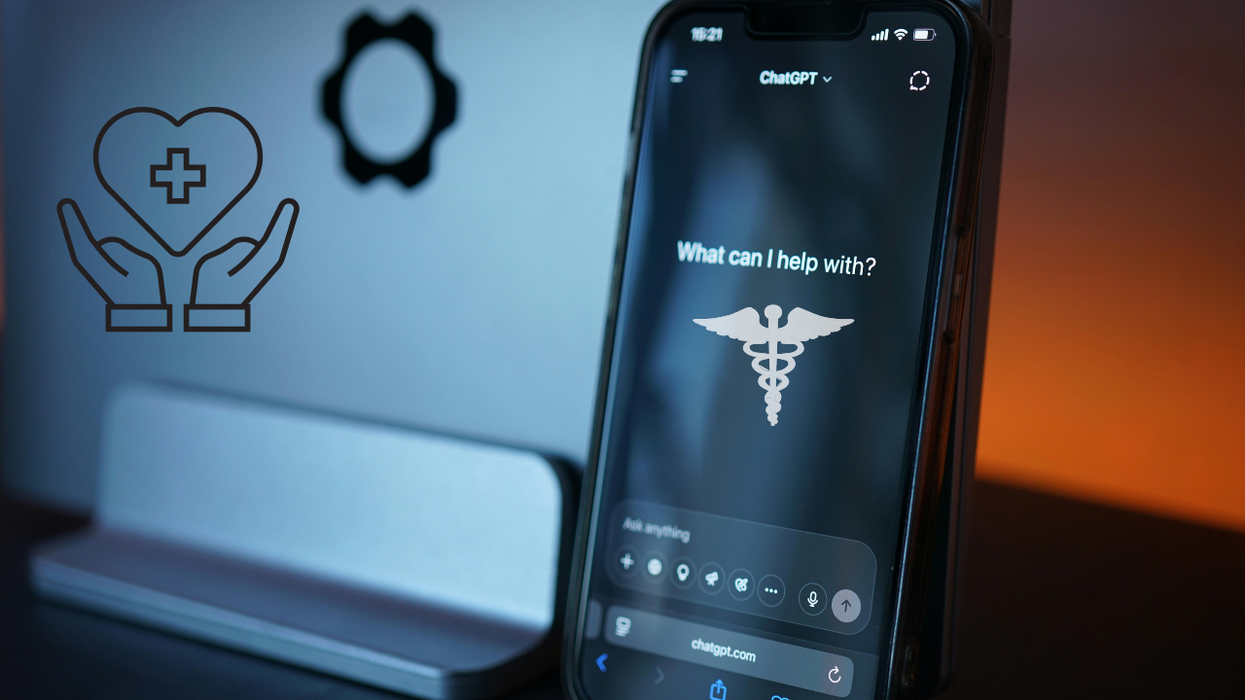A major recall of canned beans has been issued across 23 US states due to the presence of an undeclared allergen that could pose a potentially life-threatening risk to some consumers.
The US Food and Drug Administration (FDA) announced on 2 May that Vietti Food Group, based in Nashville, Tennessee, is recalling 4,515 cases of Yellowstone Brown Sugar Molasses Baked Beans after discovering that the product contains undeclared soy.
According to the FDA, individuals with a soy allergy or severe sensitivity could face serious or life-threatening reactions if they consume the affected canned beans. The product recall applies to 15-ounce tins bearing a best-before date of 17 February 2028.
The impacted cans were sold before the recall at major retailers including Walmart, Associated Wholesale Grocers, K-VA-T Food Stores, Hy-Vee, and Meijer. The recall spans the following states: Arizona, Colorado, Delaware, Florida, Georgia, Illinois, Iowa, Kansas, Kentucky, Louisiana, Michigan, Mississippi, Missouri, New Hampshire, New York, North Carolina, Ohio, Oregon, Pennsylvania, Tennessee, Texas, Utah, and Virginia.
Soy is one of the nine major food allergens, which also include milk, eggs, fish, shellfish, tree nuts, peanuts, wheat, and sesame. While it is widely consumed, soy can cause reactions ranging from mild digestive issues to severe allergic responses, including skin irritation, breathing difficulties, and in some cases, anaphylaxis.
Food Allergy Research and Education notes that soy allergy is more prevalent in infants and young children, with an estimated 0.4% of infants in the US affected. Experts also warn that children allergic to cow’s milk may react adversely to soy-based alternatives.
To date, the FDA has confirmed that no illnesses or adverse reactions have been reported in connection with the recalled canned beans. Consumers who have purchased the affected product are being advised to return it to the store where it was purchased for a full refund.
This recall follows a similar case in March, when nearly 200,000 cans of Good & Gather Cut Green Beans were recalled due to concerns over possible foreign object contamination.














